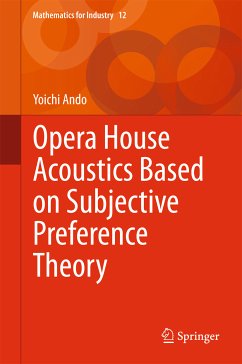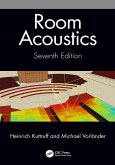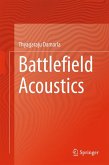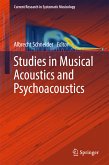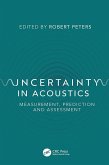It is reconfirmed here that the well-known Helmholtz theory, which was based on a peripheral model of the auditory system, may not well describe pitch, timbre, and duration as well as the spatial sensations described in this book, nor overall responses such as subjective preference of sound fields and the annoyance of environmental noise.
Dieser Download kann aus rechtlichen Gründen nur mit Rechnungsadresse in A, B, BG, CY, CZ, D, DK, EW, E, FIN, F, GR, HR, H, IRL, I, LT, L, LR, M, NL, PL, P, R, S, SLO, SK ausgeliefert werden.

